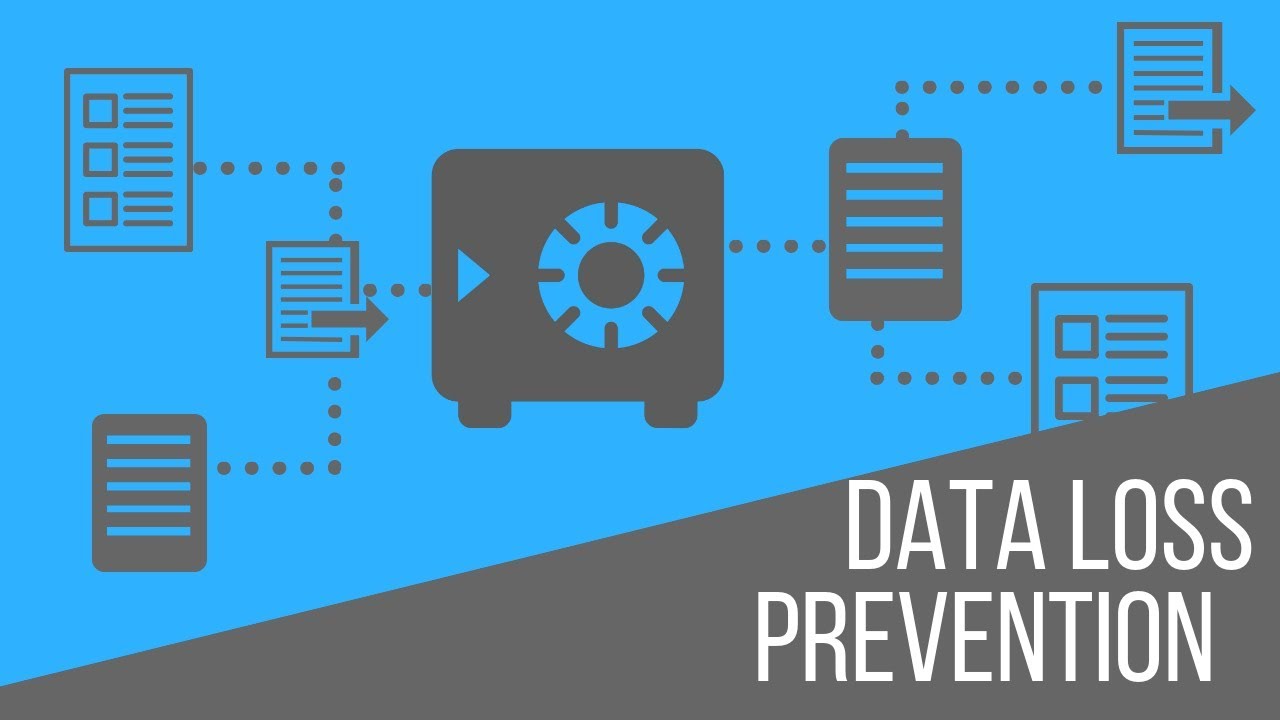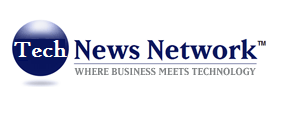
Data Loss Prevention Best Strategies
An organization risks exposing sensitive data to individuals who are not allowed to view or possess it if it is not diligent in safeguarding the sensitive data it controls or is entrusted with. Data Loss Prevention (DLP) is a common approach for preventing and minimizing the risk of data loss. By the time you finish reading this post, you will have a better knowledge of data loss prevention best practices and why DLP tactics are crucial for a successful cyber security program.
What is Data Loss Prevention (DLP)?
Data loss prevention is a technique that monitors, identifies, and blocks transmissions of sensitive data while it is in use (by endpoint activities), in motion (by network traffic), and at rest (by data storage) to stop potential data breaches or data exfiltration.
Sensitive data is information that needs to be safeguarded from unauthorized access to ensure the security or privacy of a person or organization. It might be present in columns of data on a spreadsheet that lists employees’ names and Social Security numbers.
Sensitive information could also be a database containing the full names, addresses, and driving license numbers of a state’s DMV, or it could be the content of a document outlining the formula for a particular brand of beverage. Preventing the exposure of sensitive data to unauthorized parties is one of the main goals of a data loss prevention strategy and solution.
DLP best practices to improve information security
The most effective DLP strategies integrate technology, process controls, knowledgeable employees, and employee awareness. The following are suggestions for creating a successful DLP program:
Make an inventory and assessment
One of the first steps in putting a DLP program into place is to evaluate the different types of data and their importance to the organization. This entails determining the pertinent data, the location of the data, and if the data is sensitive—intellectual property, confidential information, or data that regulations address. In other words, determine the ‘crown jewels’ of your business. This might be intellectual property like a formula, recipe, or source code.Some DLP tools can scan the metadata of files to detect information assets rapidly and catalog the results. If necessary, they may even open the files and do content analysis.
The next step is to assess the risk of data leakage for each data category. Data egress points and the potential cost of a data loss to the company are additional factors to consider.For instance, losing information about employee benefits programs carries a different risk than losing 1,000 patient medical files or 100,000 bank account numbers and passwords.
Establish a classification scheme.
An organization needs a data classification system or taxonomy for unstructured and structured data before developing and implementing DLP rules. Personally identifiable information (PII), financial data, regulated data, intellectual property, and others are examples of data security categories that could apply.
DLP solutions can scan data using a pre-configured taxonomy that the business may later adjust to help identify the essential data categories. Humans choose and alter the categories, while DLP software automates and speeds up classification. In addition, content owners can visually assess some sorts of content that are difficult to categorize with basic words or phrases.
Create policies for data handling and correction.
The next step after developing the classification framework is to create (or change) policies for dealing with various categories of data. Government mandates that organizations outline the DLP procedures for handling sensitive data. DLP systems frequently use preset rules or policies based on laws like HIPAA or GDPR. The DLP staff can alter the guidelines to suit the company’s requirements.
DLP enforcement products block and monitor outgoing channels (such as email and web chat) and offer choices for handling possible security breaches to enforce the regulations. For example, an employee ready to send an email with a sensitive attachment would see a pop-up suggesting encrypting the message, or the system might completely block it or direct it to a different page.The response is based on the regulations that the organization sets.
Create a single, centralized DLP program.
Organizations use ad hoc, inconsistent DLP methods, and technologies in different departments and business units. This discrepancy causes poor data security and a lack of visibility into data assets. Employees also frequently disregard department DLP initiatives that the corporation does not endorse.
Implement in stages
It is advisable to install DLP gradually because it is a lengthy process. Setting priorities for data and communication channel types is the best strategy. In the same way, think about implementing DLP software modules or components as needed, based on the organization’s needs rather than doing everything all at once. The data inventory and risk analysis help set these priorities.
Educate the workforce
DLP relies heavily on employee understanding and adoption of security policies and procedures. Education and training initiatives like lectures, online training, sporadic emails, videos, and write-ups can improve employee comprehension of the value of data security and their ability to adhere to suggested DLP best practices. Penalties for data security violations may also increase compliance, mainly if they are well-defined.
Choose the DLP support team and stakeholders.
It is not unexpected to see that many organizations have DLP in the environment but hardly use the features or have support teams to manage problems. Identify the DLP stakeholders and support team. Establish a DLP Committee within the organization with representation from senior leaders, business unit managers, legal, and infosec management. Consider collaborating with a managed service provider specializing in DLP if internal resources are insufficient to support DLP Operations.
Investigate numerous vendors
Specify what your organization’s DLP expectations are before choosing a DLP provider. Consult with colleagues in your field to learn who they are utilizing for DLP and to get a sense of how satisfied they are with the support, incident handling process, and degree of confidence in general.
The bottom line
A well-thought-out DLP strategy and implementation are essential to a program’s success. The stakeholders must also know and understand the business model of the corporation. The success of the DLP approach depends on knowing where and how to access the most critical data.


